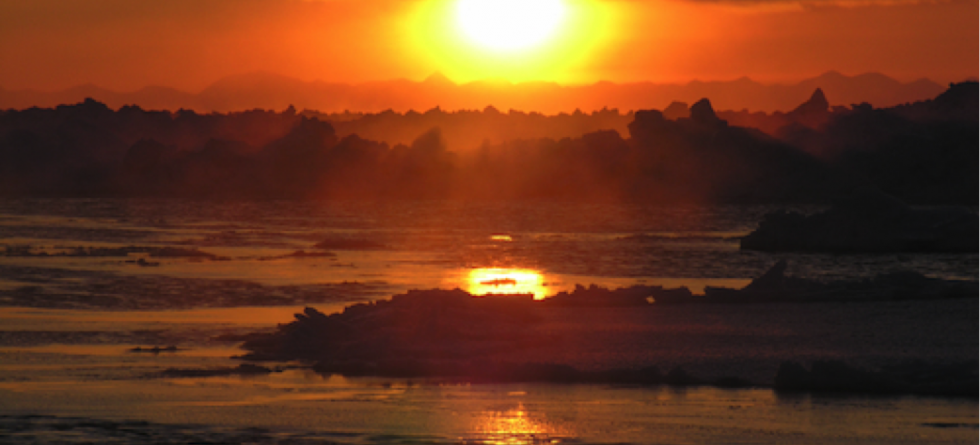Atmosphere, cryosphere and ocean processes

Research group 5
Interactions within the ocean, sea ice and atmosphere are crucial to the climate system. Our models of the future climate depend on their proper representation.
The ocean, sea ice and atmosphere are the major components of the marine physical climate system. The processes within each medium, and those associated with the interaction between them, are crucial to the climate system. The predictive skill of the complex computer models that simulate the future climate depends critically on how they represent the key processes.
Research methods:
The research conducted in our research group is based on observations, theoretical knowledge and modelling. The term “process” here means any fundamental chain of events involving basic components of the climate system, ranging from, e.g. small-scale turbulence to large-scale conceptual models. The group’s interaction with the centre's other research groups is as important as our individual objectives. This interaction is a prerequisite for the group’s contribution to the syntheses required for understanding and describing climate and its variability.
Research focus:
Our regional focus is the Nordic Seas and the Polar regions. Topics that are currently being studied include:
- Diagnosing the fluxes through the ocean-ice-atmosphere boundary layer
- Sea ice dynamics and their thermodynamics: ice rheology and ice formation dynamics
- Open ocean and shelf convection, formation of dense water
- Overflows and related mixing processes

Sunset in March over the polynya in Storfjorden east of Svalbard. The atmosphere is still cold enough to extract heat from the ocean and produce new ice depite the solar radiation. Foto Stefan Claes, 2005
The rationale for the Climate Processes RG5 at the Bjerknes Centre can be illustrated by the complex interactions occurring at the ice edge. Here the ocean looses heat in intense interaction with the atmosphere, and new sea ice is forming during winter. The types of ice, the nature of the heat loss, and the response of the ocean are all “climate processes” that govern large areas in polar regions.
Projects:
- PREFACE, EU project, Marek Ostrowski (IMR) 2014-2018. PI: Noel Keenlyside (GFI)
- KARA2, Industrial project (2014-2016) TOTAL, PI: Pierre Rampal (NERSC)
- Oil spill trajectory modeling in ice (2014-2016), ART Joint Industrial Project, PI: Pierre Rampal (NERSC)
- NICE-2015, NPI project with drift of R/V Lance north of Svalbard, PI: Harald Steen (NPI)
- NEXTWIM (2015 - 2018): NFR, PI: Pierre Rampal (NERSC)
- SWARP (2014-2016), EU FP7, Jon Bergh, PI: Laurent Bertino (NERSC)
- SIMECH (2014-2016), NFR, Sylvain Bouillon, PI: Pierre Rampal (NERSC)
Research group 5
Leader: Lars Smedsrud (Substitute of Igor Ezau in 2015)
Co-leader: Pierre Rampal
Members
Marek Ostrowski, Elin Darelius, Richard Davy, Pierre Rampal , Sylvain Bouillon, Jon Bergh, Ilker Fer, Joachim Reuder, Peter Haugan, Valerie Kumer, Lars Asplin, Mari Myksvoll, Chuncheng Guo, Henrik Søiland, and Henning Wehde,Tobias Wolff, Victoria Miles, Algot Petersson, Natalia Ivanova and Einar Olason.

A typical spatial organization of cloud patterns over the Barents Sea during a cold air outbreak. Parallel rolls of the clouds show strong clustering of clouds with significant area of clear sky in between. Acquired 24 April 2002, Jacques Descloitres, MODIS, Land Rapid Response Team, NASA/GSFC.
